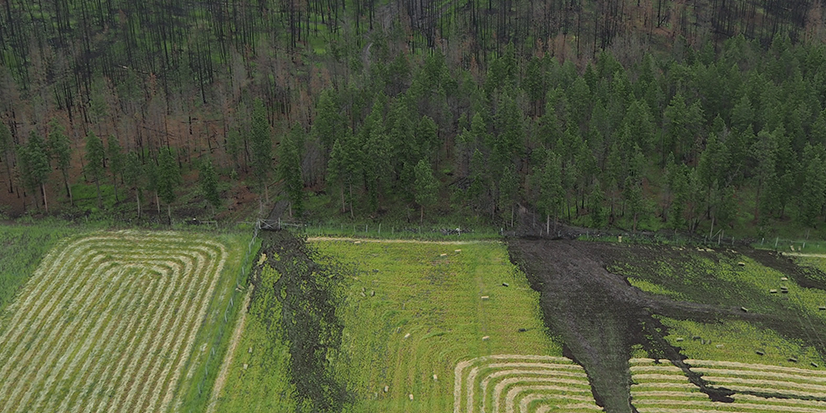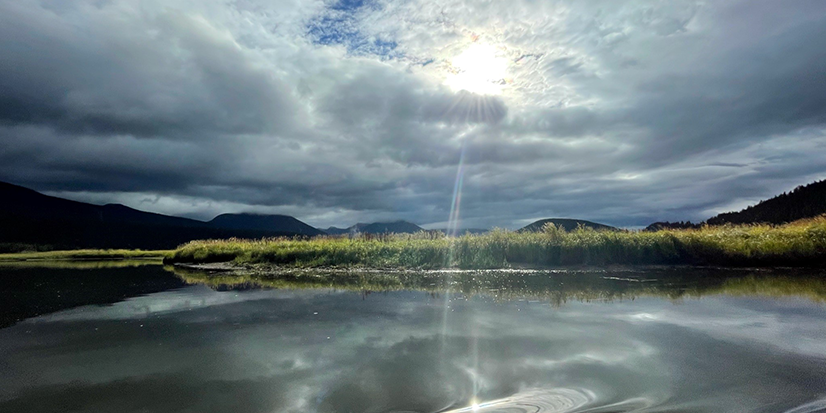Wildfire Land-Based Recovery
 Wildfire has historically been a natural event that shapes ecosystems in B.C. While lower intensity wildfires can improve forest health, reduce future wildfire intensity and support water quality, habitat, recreational and industrial opportunities, select wildfires can have detrimental impacts to our lands and ecosystems.
Wildfire has historically been a natural event that shapes ecosystems in B.C. While lower intensity wildfires can improve forest health, reduce future wildfire intensity and support water quality, habitat, recreational and industrial opportunities, select wildfires can have detrimental impacts to our lands and ecosystems.
Government's Wildfire Land-Based Recovery program is intended to reduce the negative impacts of select wildfires. Some of these impacts may include:
- Increased risk to public safety due to geohazard events such as debris floods, debris flows, landslides and floods resulting from soil changes and vegetation loss
- Degraded water quality from the introduction of ash and sediments into streams and bodies of water
- Plant community changes and biodiversity loss
- Establishment of invasive species
- Damaged or lost soil and organic growing media
- Damaged or lost aquatic and terrestrial habitats
- Impacted or lost recreational opportunities and visual quality values
- Impacted cultural heritage values
- Reductions in timber value and economic opportunities
The government has historically and continues to assess all wildfires for potential intervention opportunities that will support our lands and ecosystems. Natural resource professionals, First Nations and partners filter wildfires to determine which wildfires may qualify for additional wildfire recovery planning. Selected wildfires will have a focused assessment of immediate impacts as well as forecasted impacts of the wildfire on public safety and resource values. Focused assessment allows us to determine whether monitoring or intervention is required to support the recovery of the area to either a pre-fire condition or a desired future state condition. Ongoing research and partnerships promote continuous learning opportunities as we enter a period of time where the occurrence and frequency of wildfires is predicted to increase in British Columbia.
Three areas of work
Wildfire suppression rehabilitation
A variety of treatments help to restore the function of damaged ecosystems after a wildfire.
Post wildfire natural hazard risk analysis
Assessing the risk for natural hazards after a wildfire helps to identify threats to public safety.



